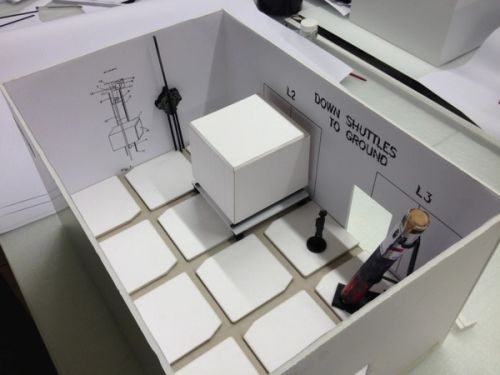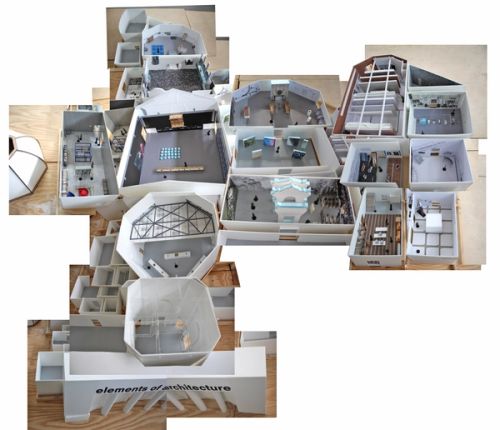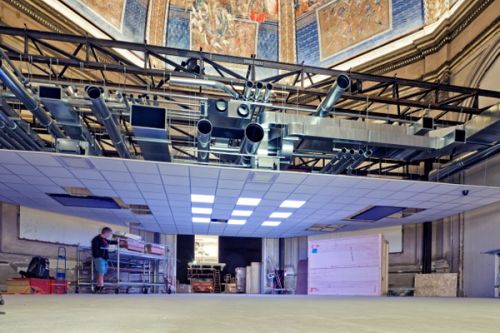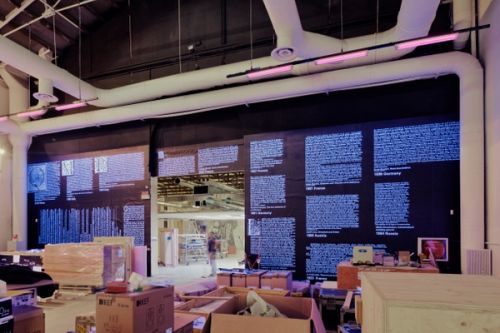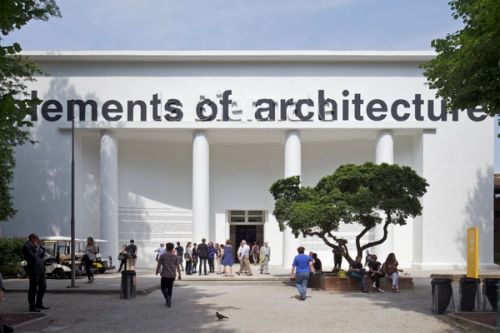
Venice Biennale 2014: Elements of Architecture
The result of a two-year research studio with the Harvard Graduate School of Design and collaborations with a host of experts from industry and academia… Elements of Architecture looks under a microscope at the fundamentals of our buildings, used by any architect, anywhere, anytime: the floor, the wall, the ceiling, the roof, the door, the window, the façade, the balcony, the corridor, the fireplace, the toilet, the stair, the escalator, the elevator, the ramp. The exhibition is a selection of the most revealing, surprising, and unknown moments from a new book, Elements of Architecture, that reconstructs the global history of each element. It brings together ancient, past, current, and future versions of the elements in rooms that are each dedicated to a single element. To create diverse experiences, we have recreated a number of very different environments - archive, museum, factory, laboratory, mock-up, simulation…

















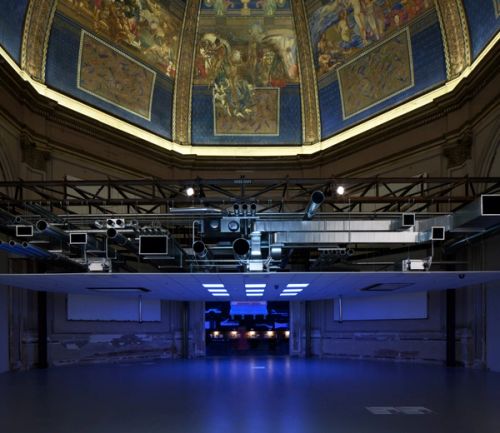













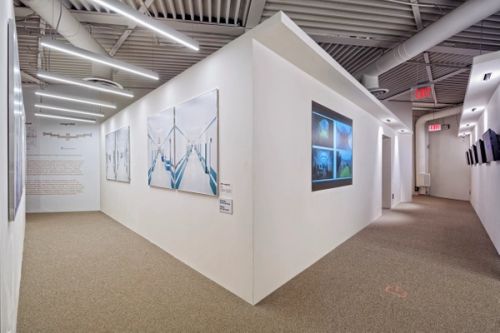













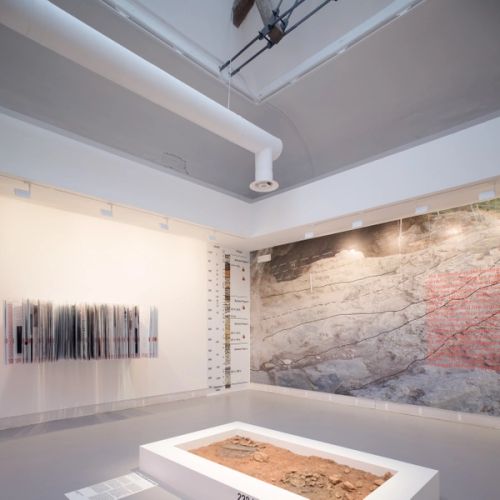

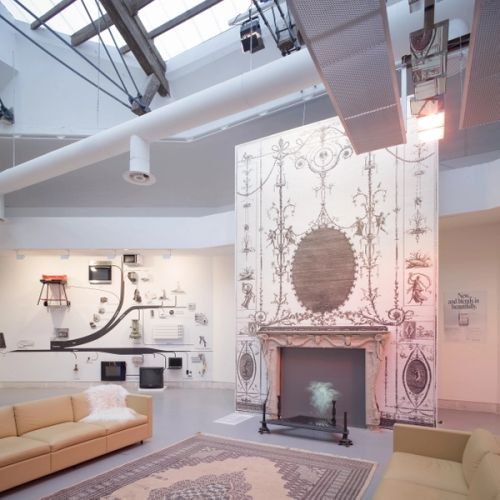



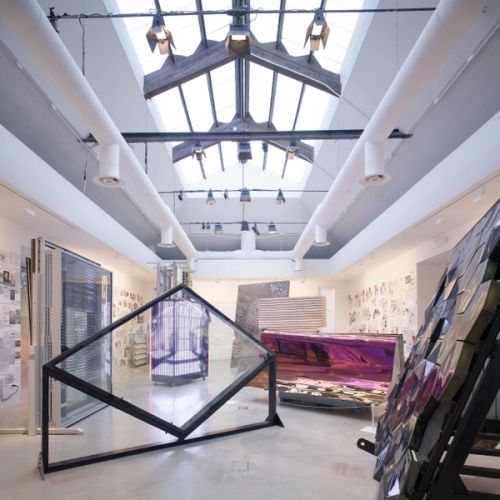

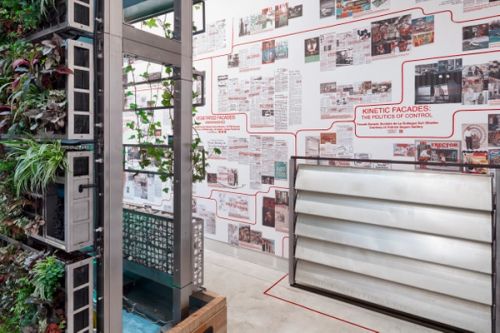

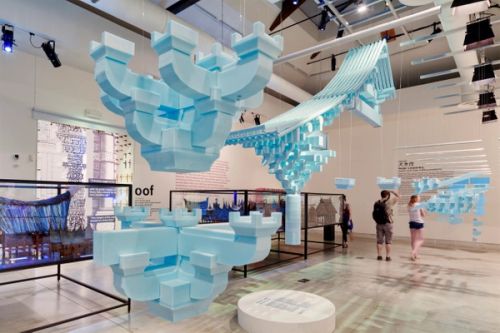







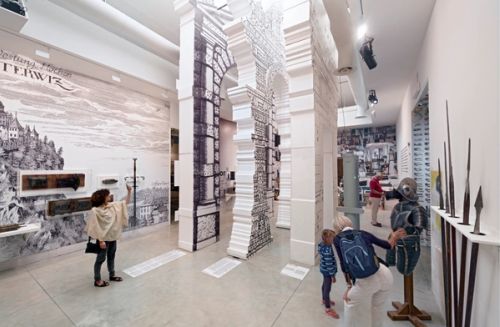





























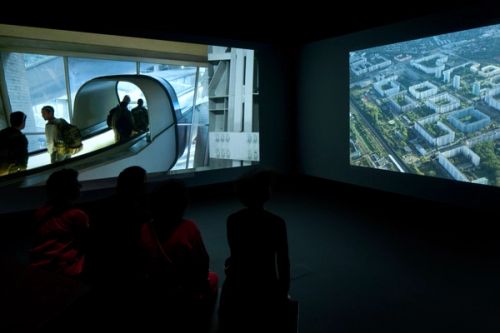


2015
2014
2013
Making Of
![Model, November 2013]()
![Model, November 2013]()
![Model, March 2014]()
![Model, March 2014]()
![GSD students, Fall 2012]()
![GSD students, Fall 2012]()
![Team, March 2014]()
![Team, March 2014]()
![GSD students working on the ‘elements’, Fall 2013]()
![GSD students working on the ‘elements’, Fall 2013]()
![]()
![]()
![]()
![]()
![]()
![]()
![]()
![]()
![GSD students working on the ‘elements’, Fall 2013]()
![GSD students working on the ‘elements’, Fall 2013]()
![]()
![]()
![]()
![]()
![]()
![]()
![]()
![]()
![]()
![]()
![]()
![]()
![]()
![]()
![]()
![]()
![]()
![]()
![]()
![]()











